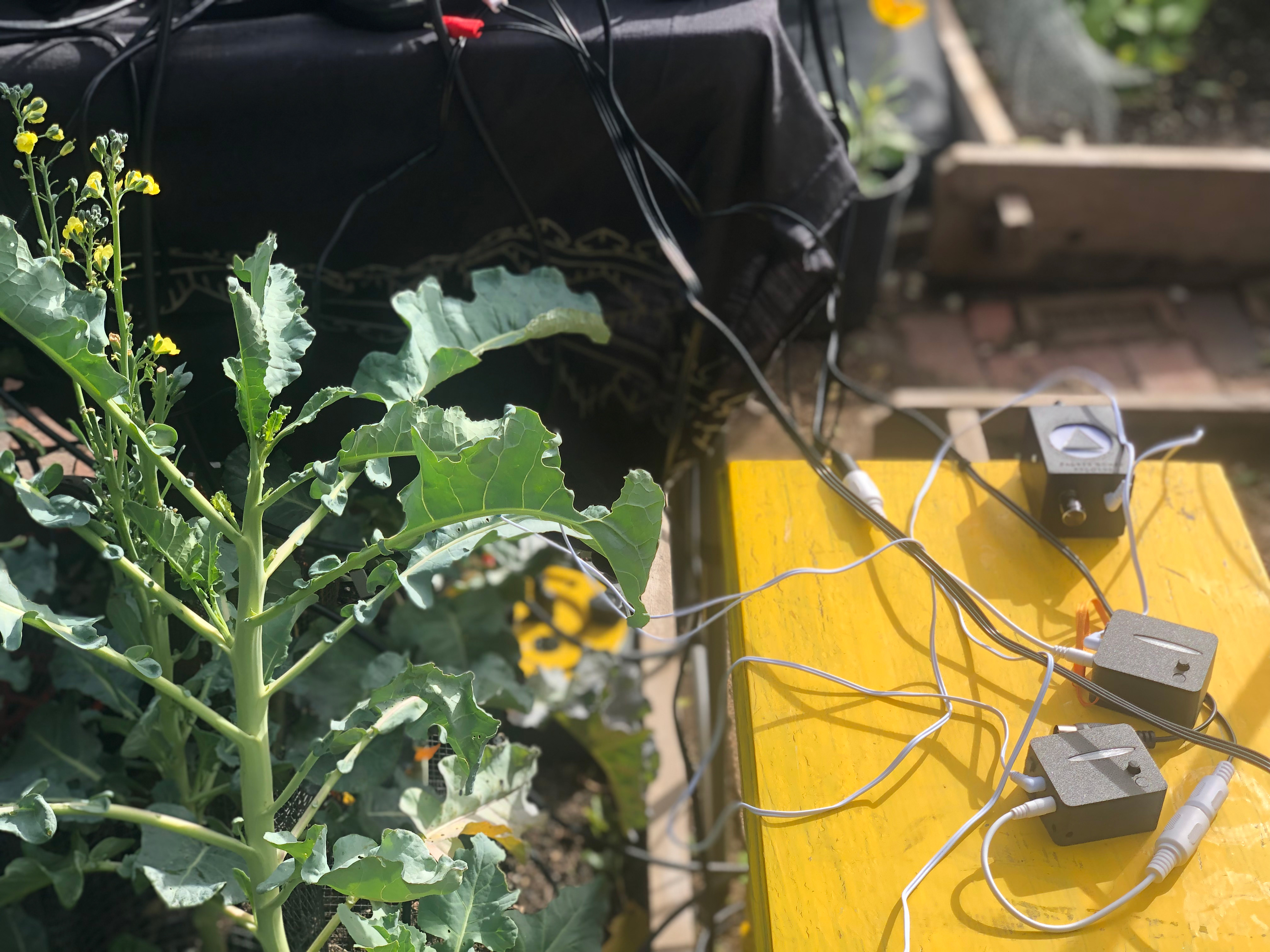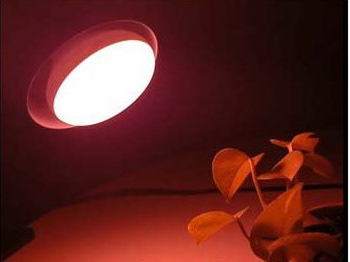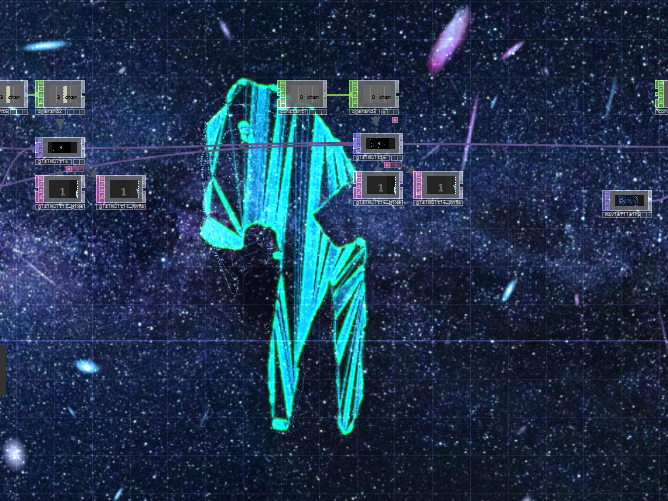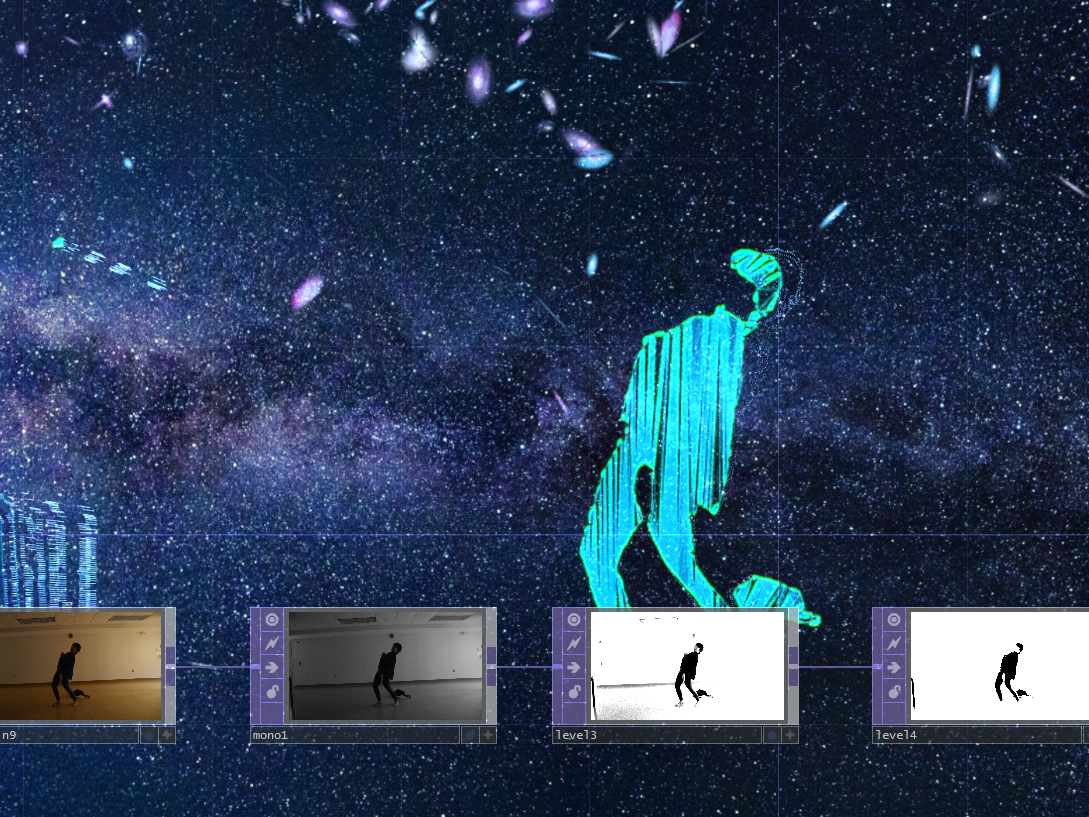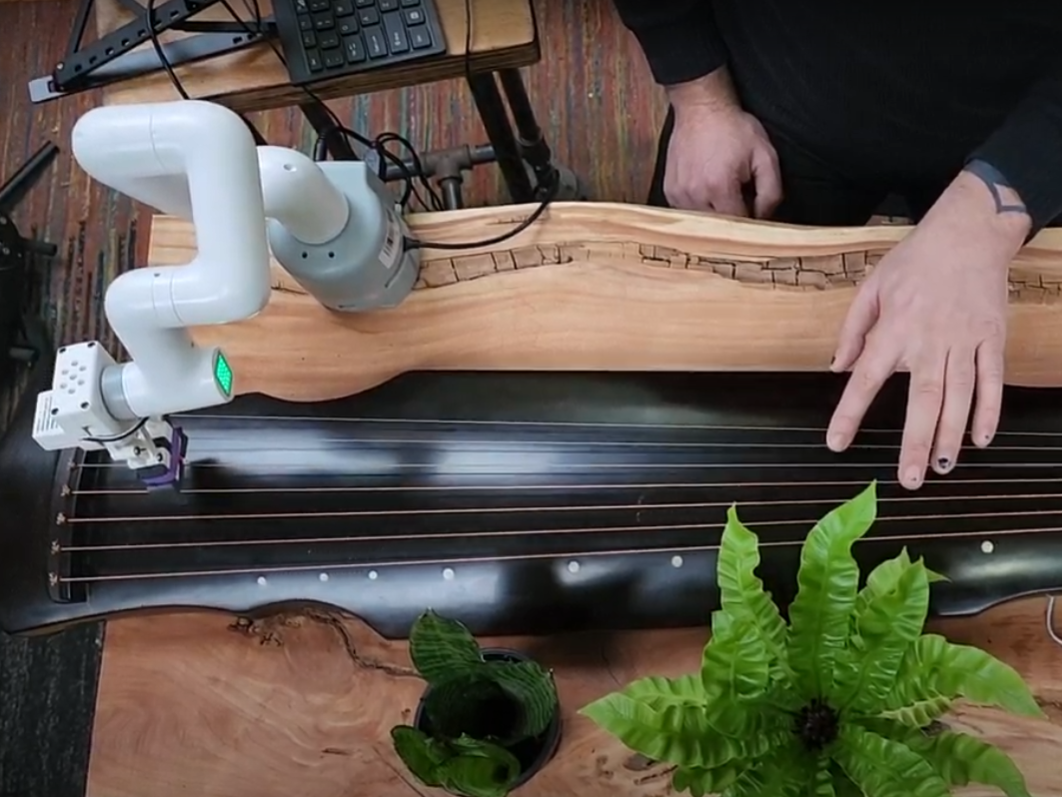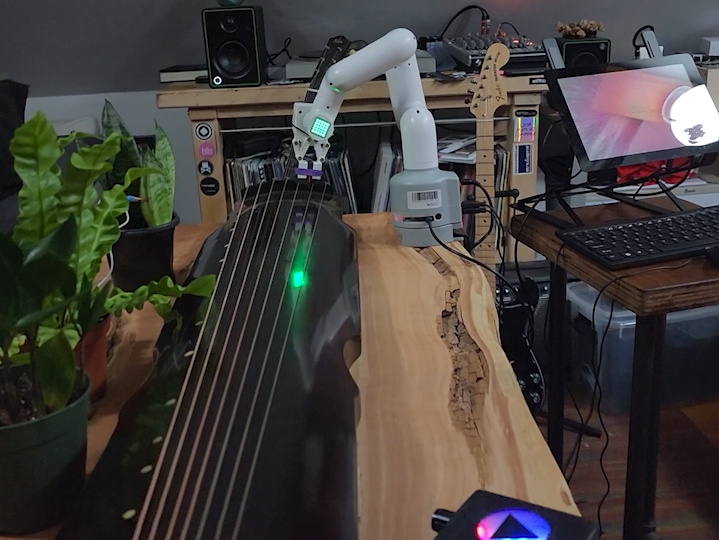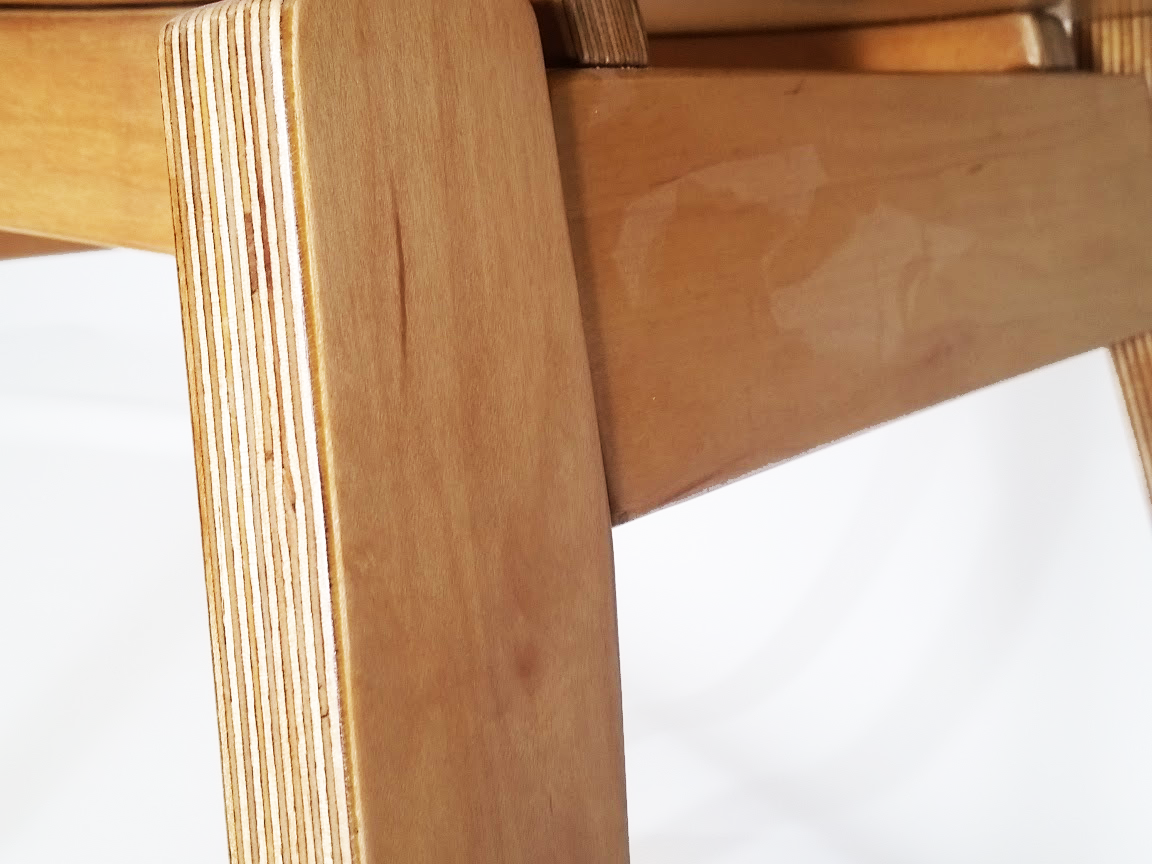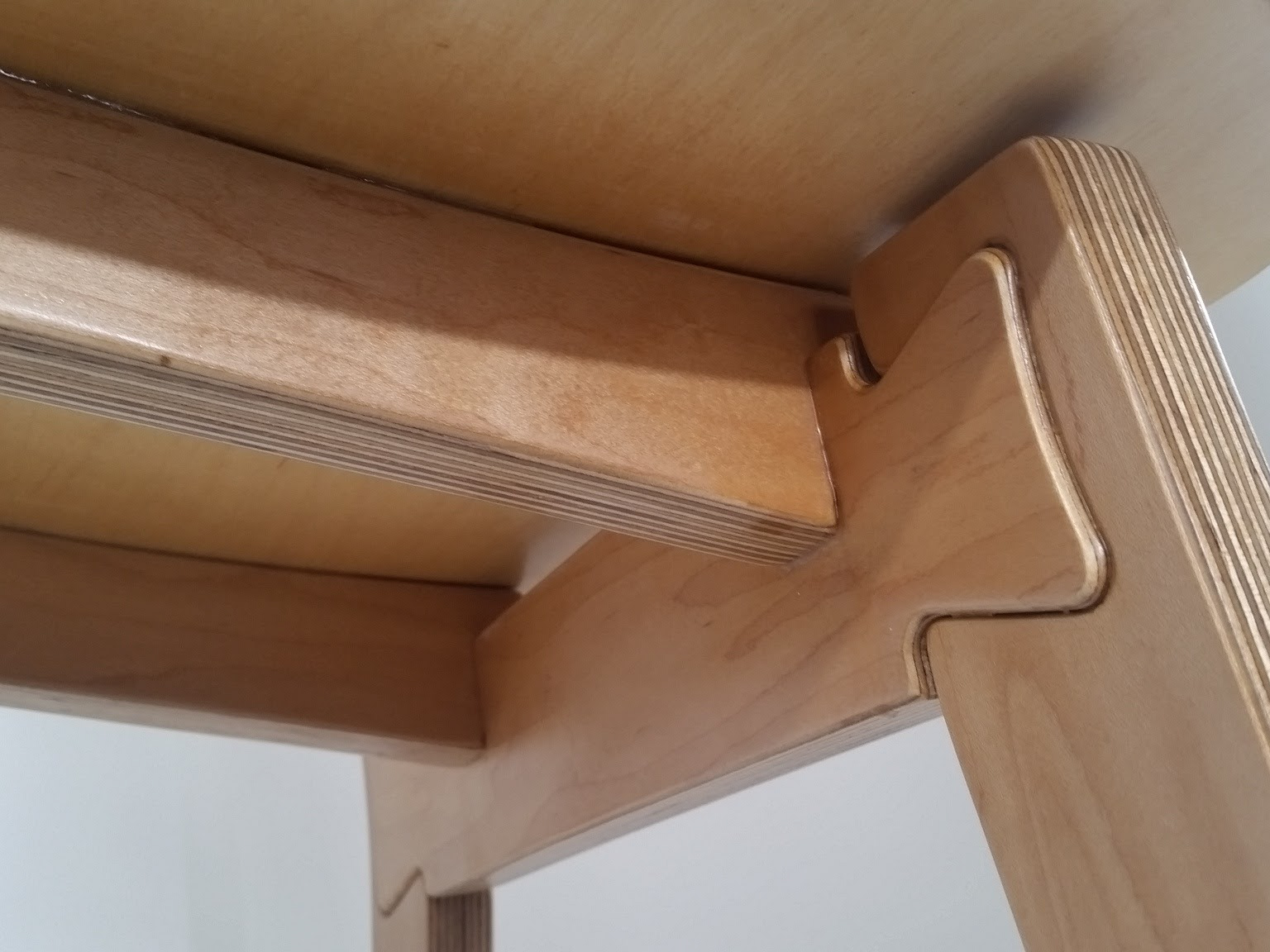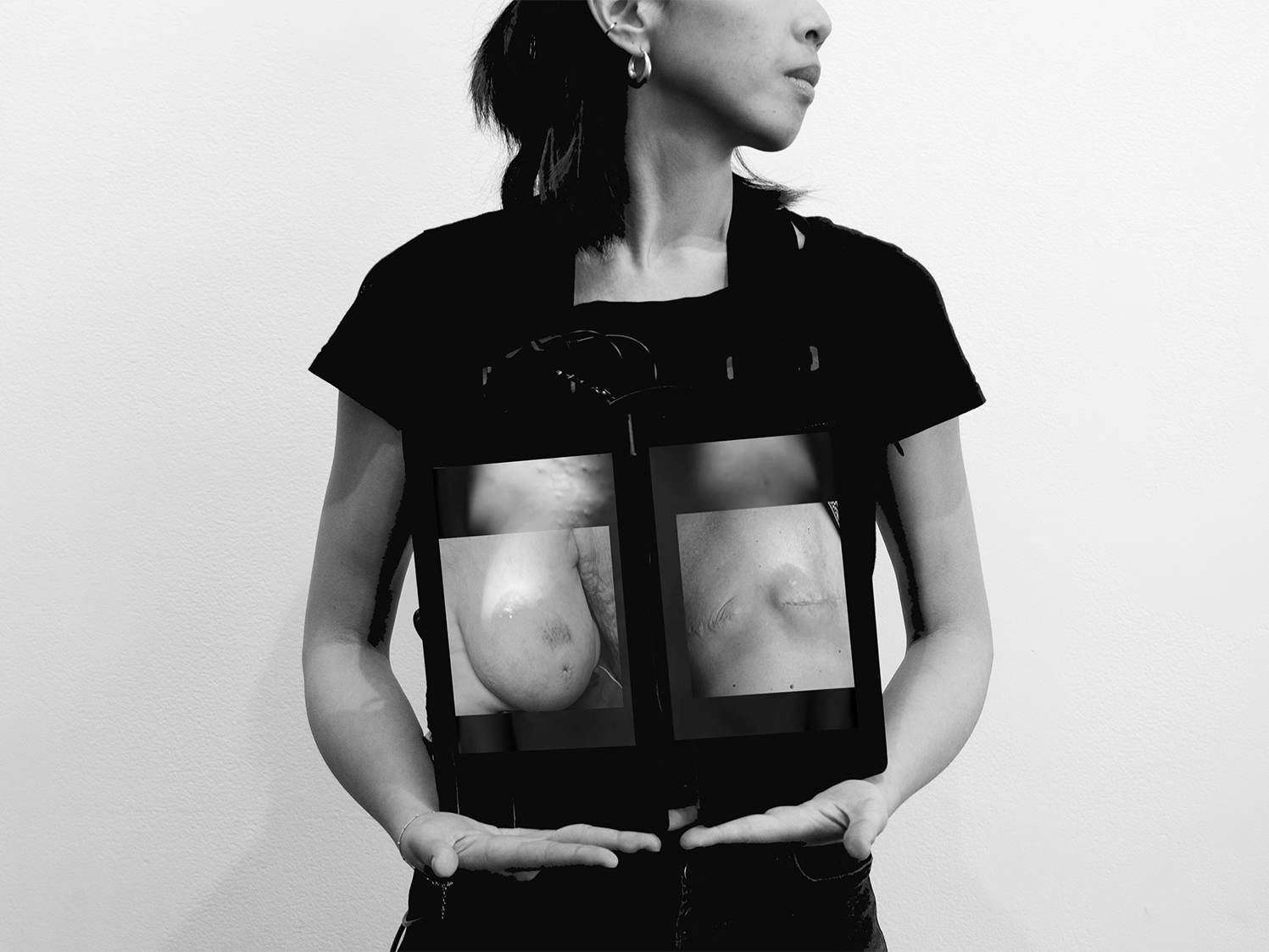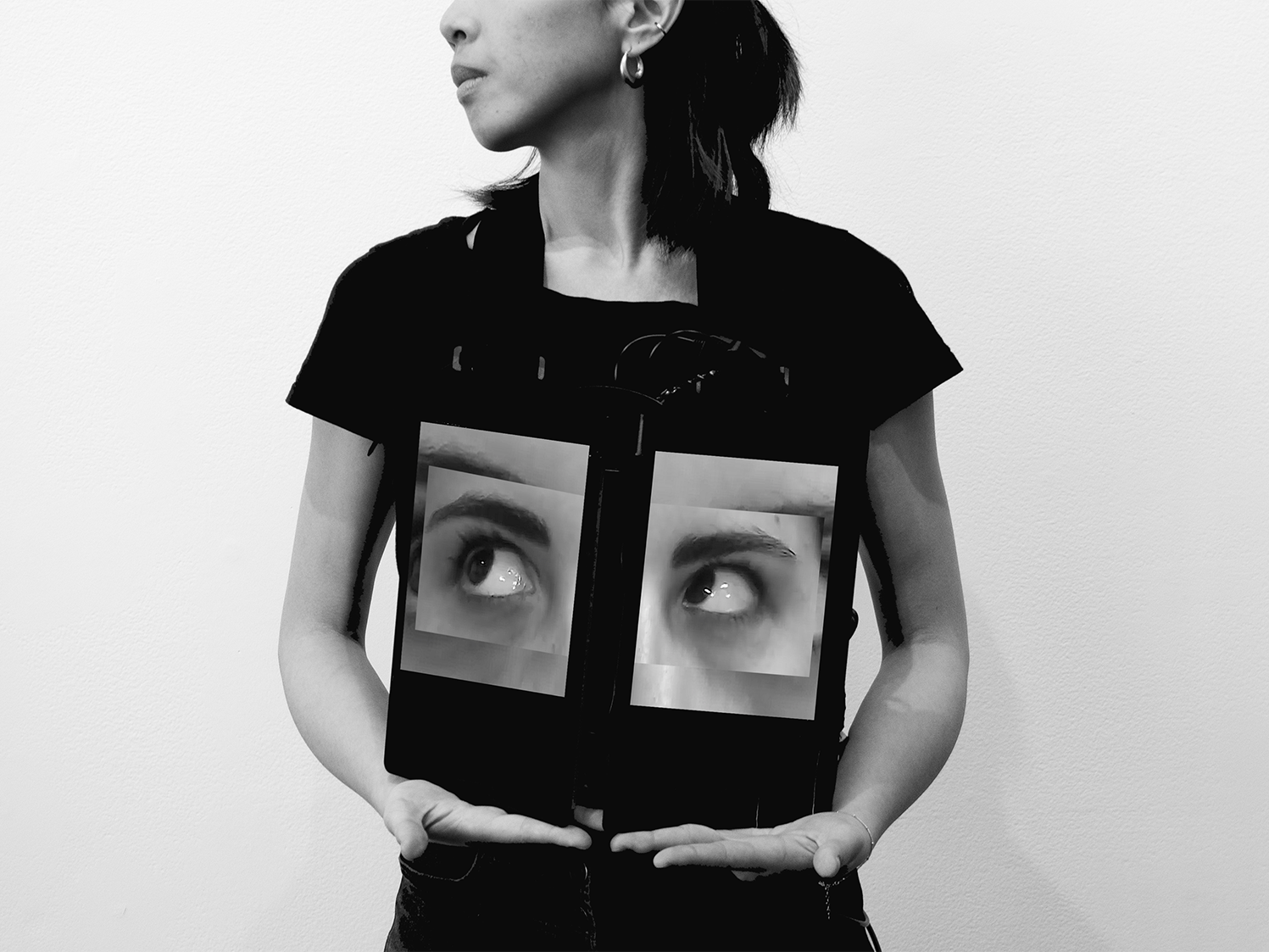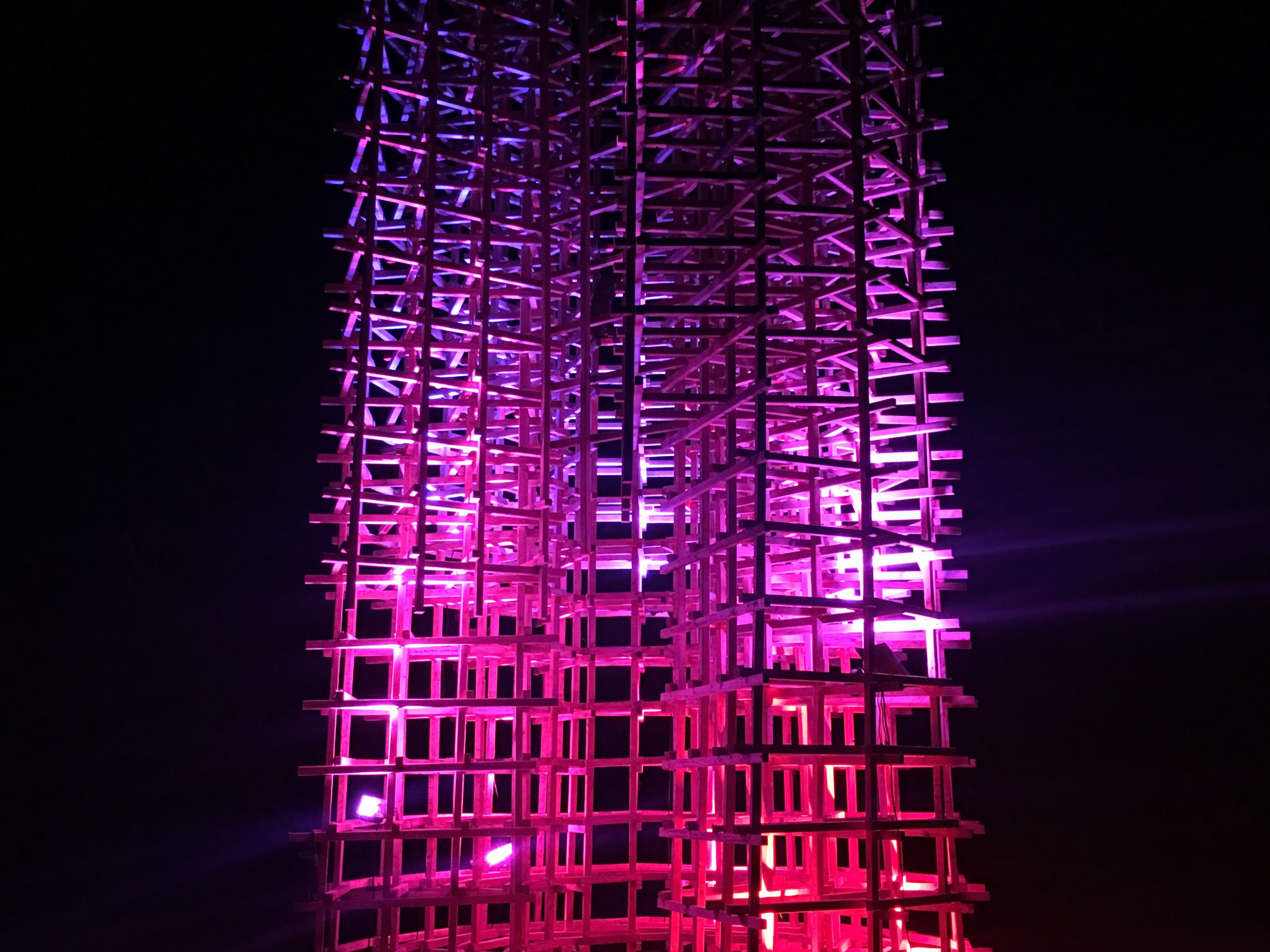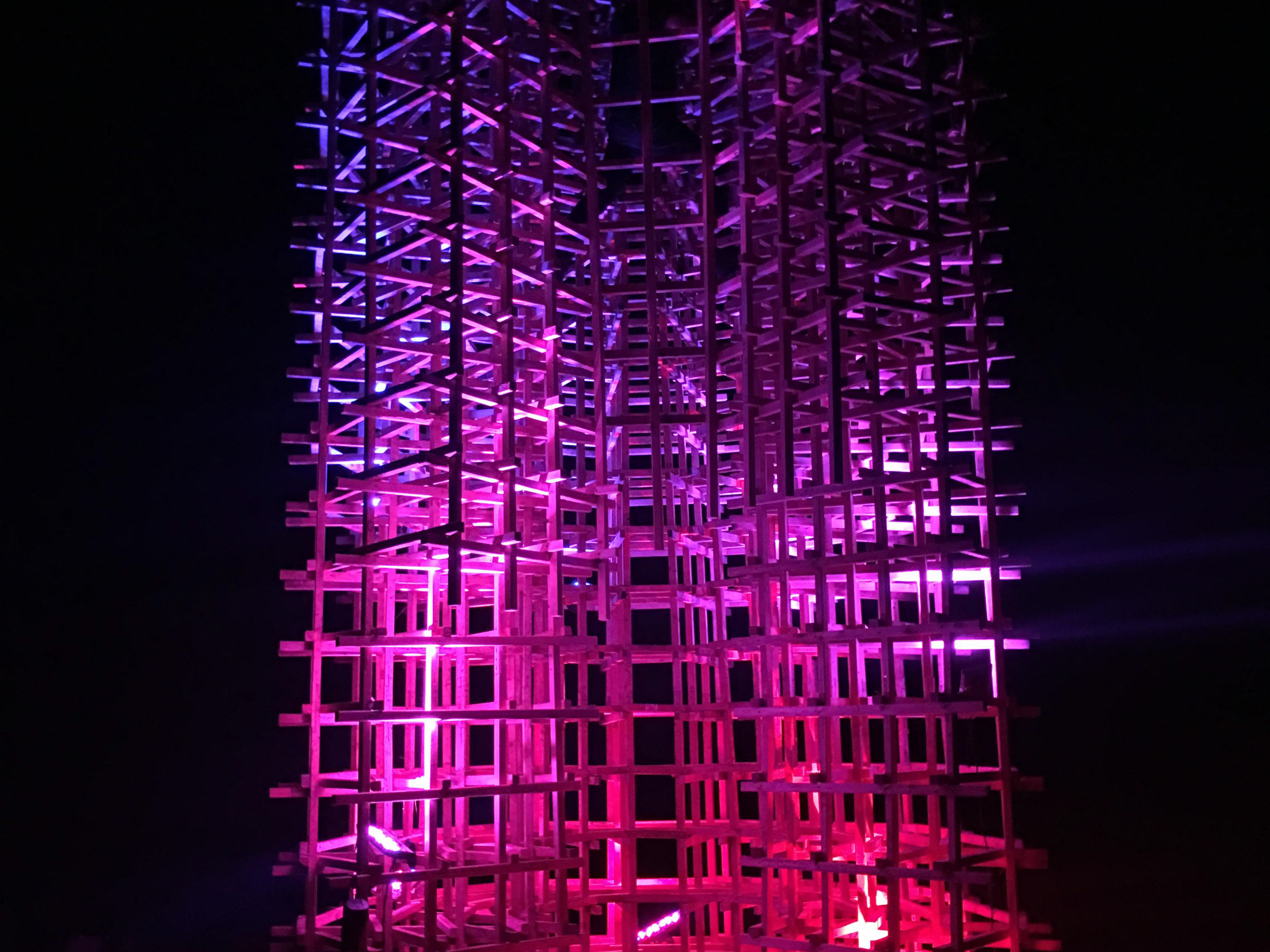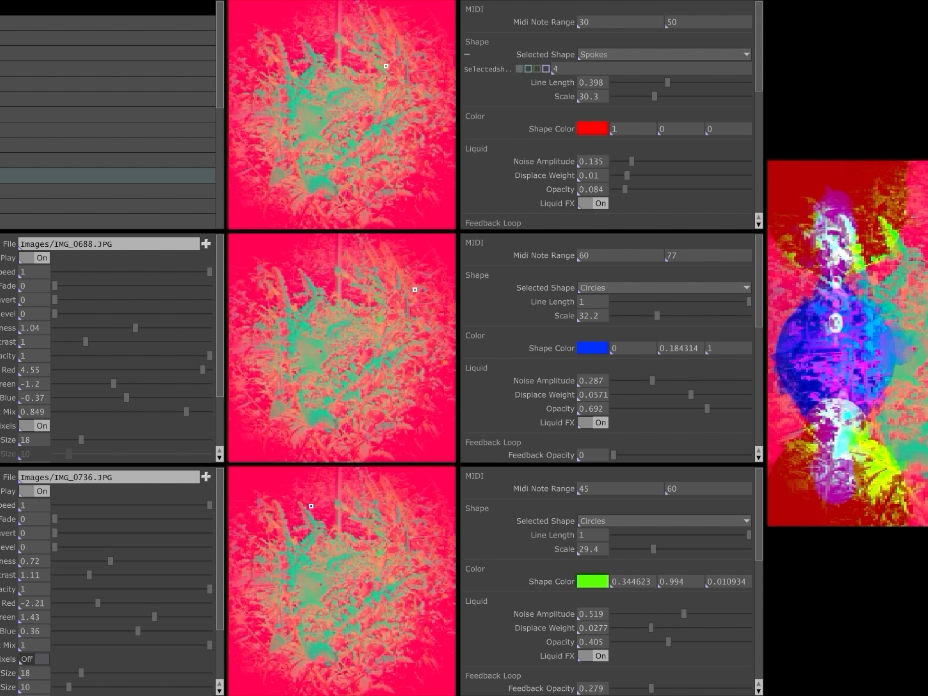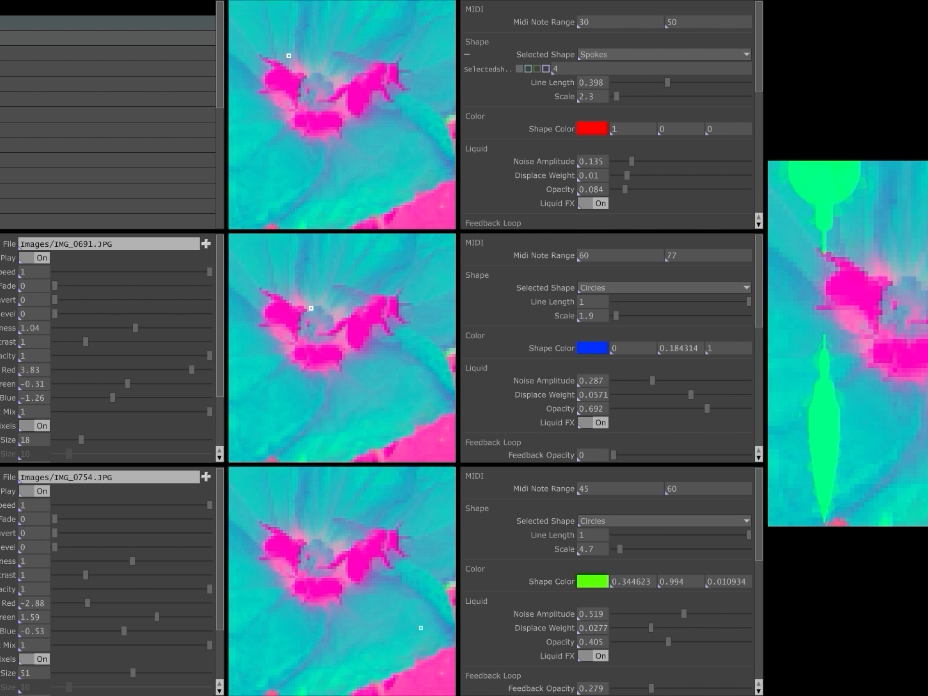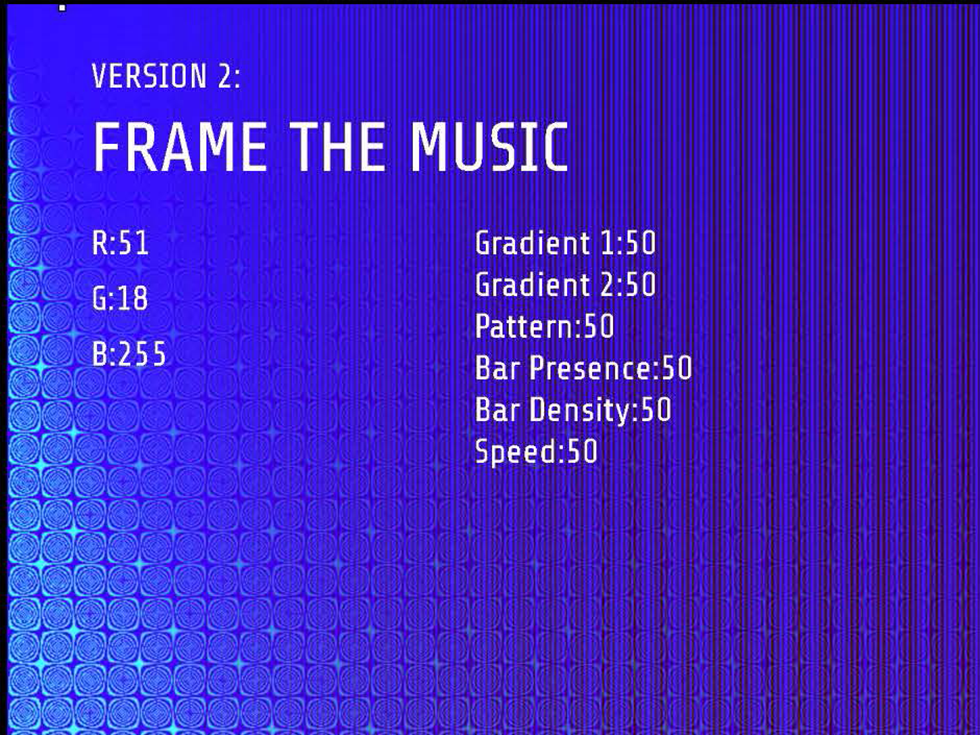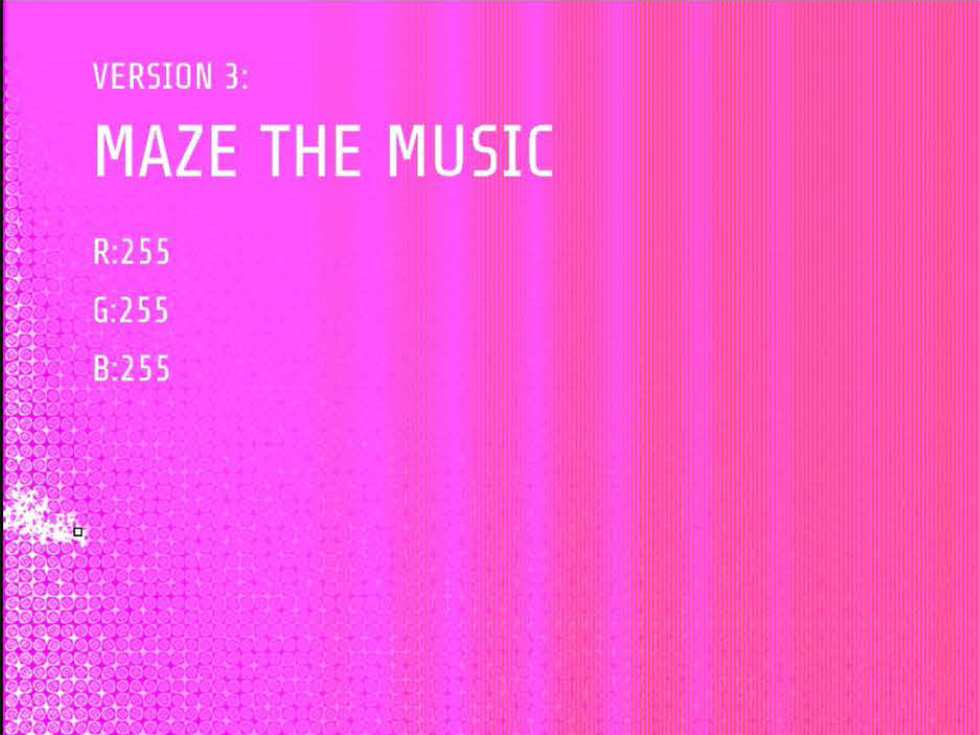Sono Textures
An Exploration of Audio-Generated 3D Printed Toolpaths
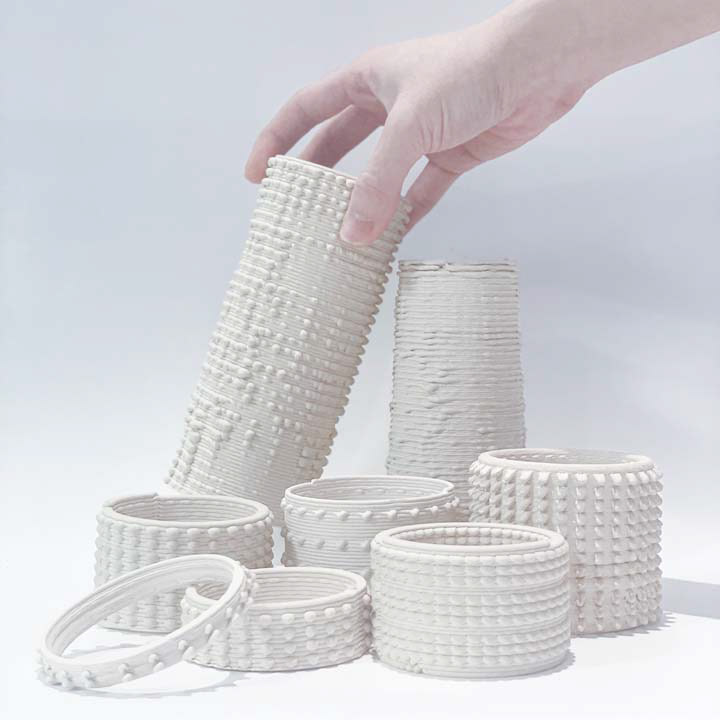
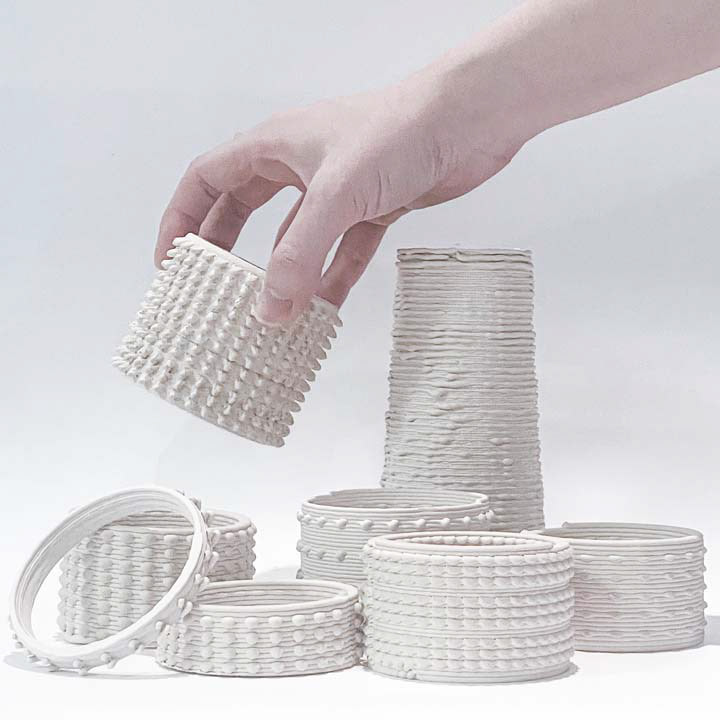
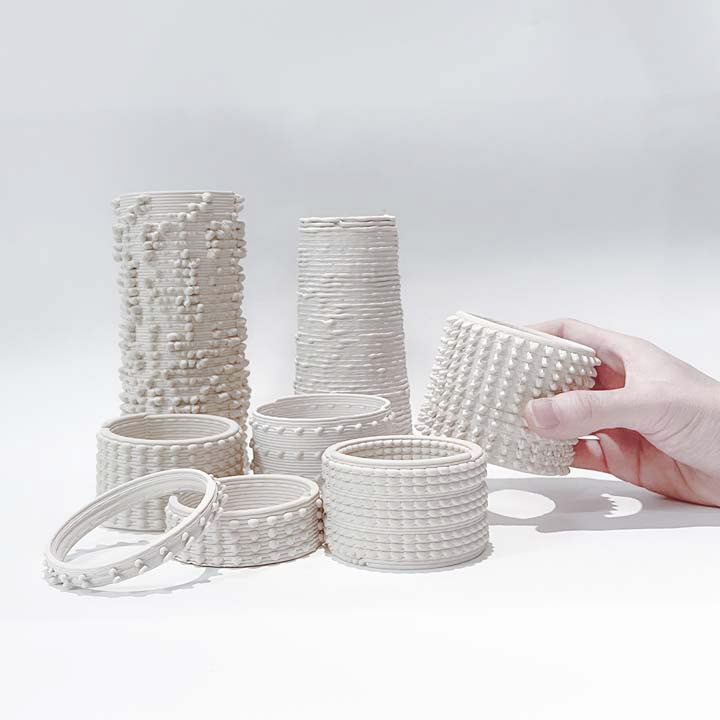



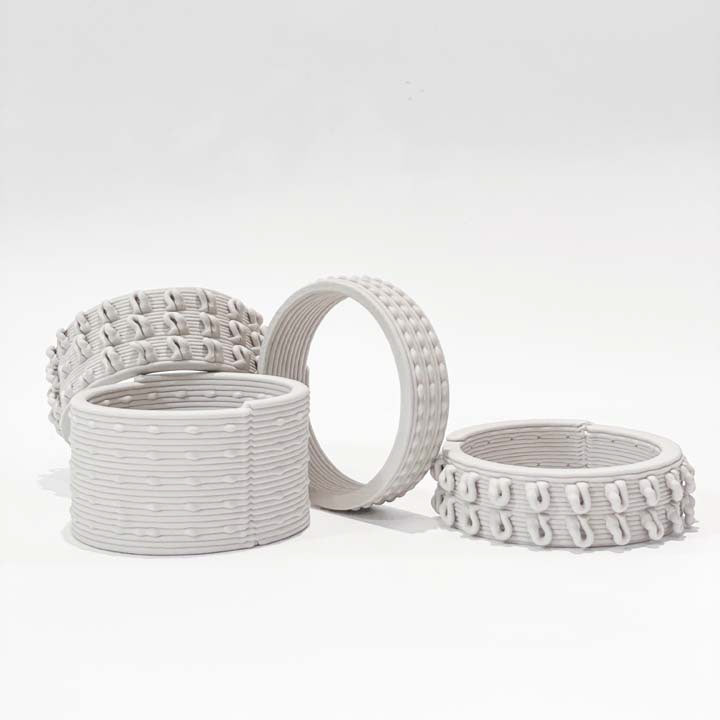
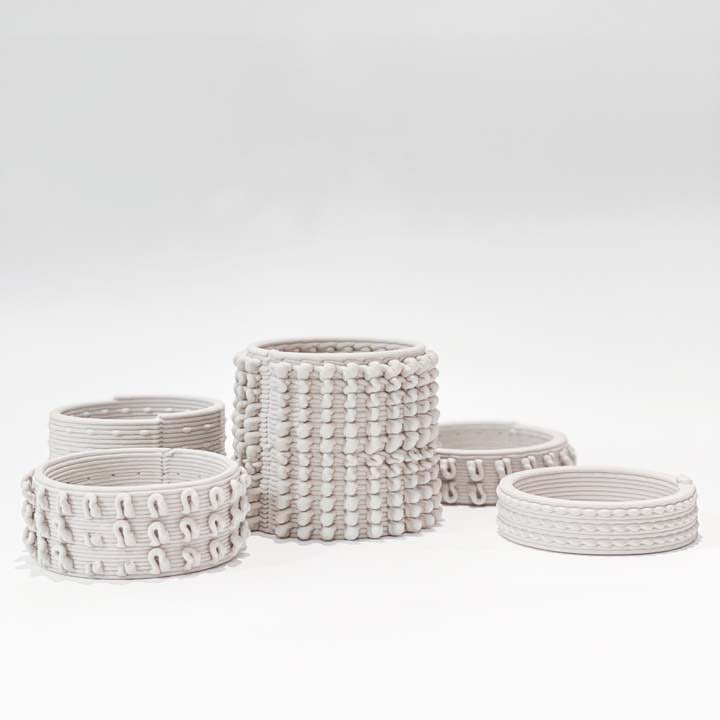


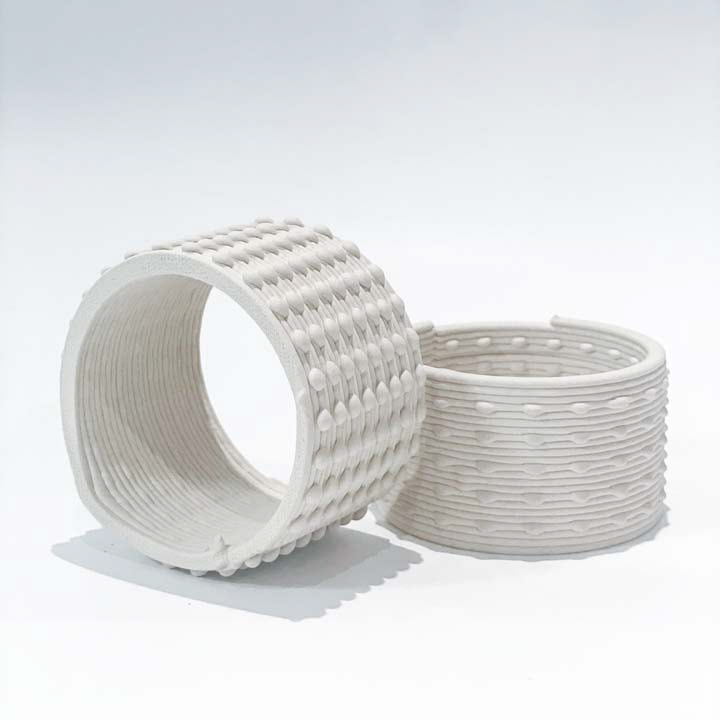


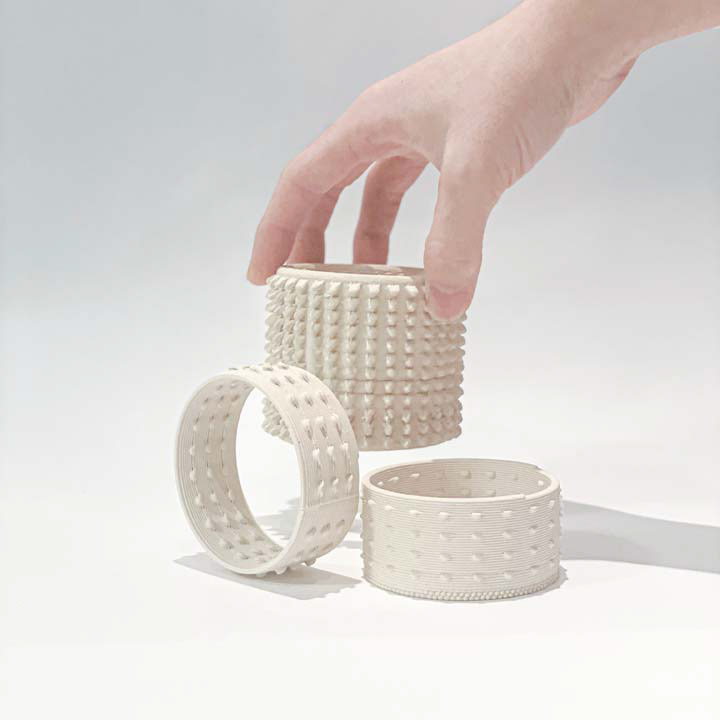

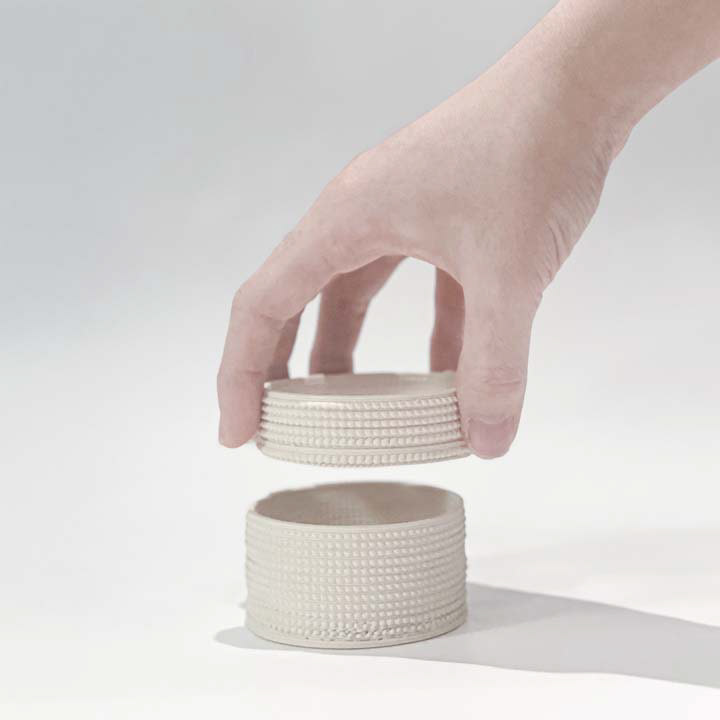

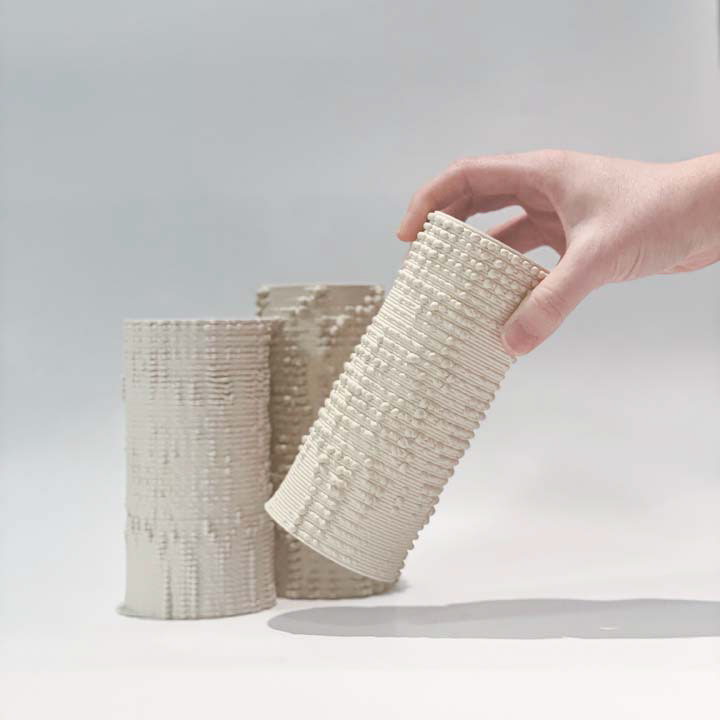
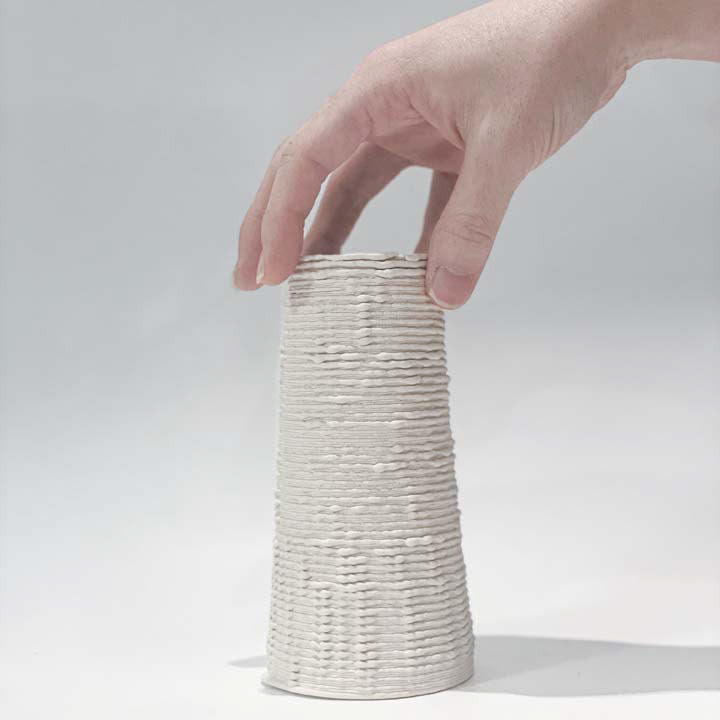
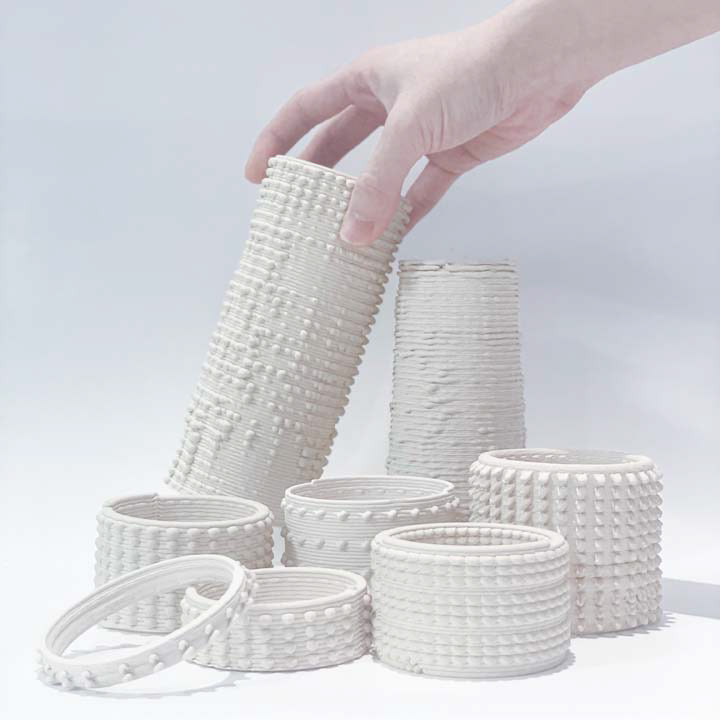
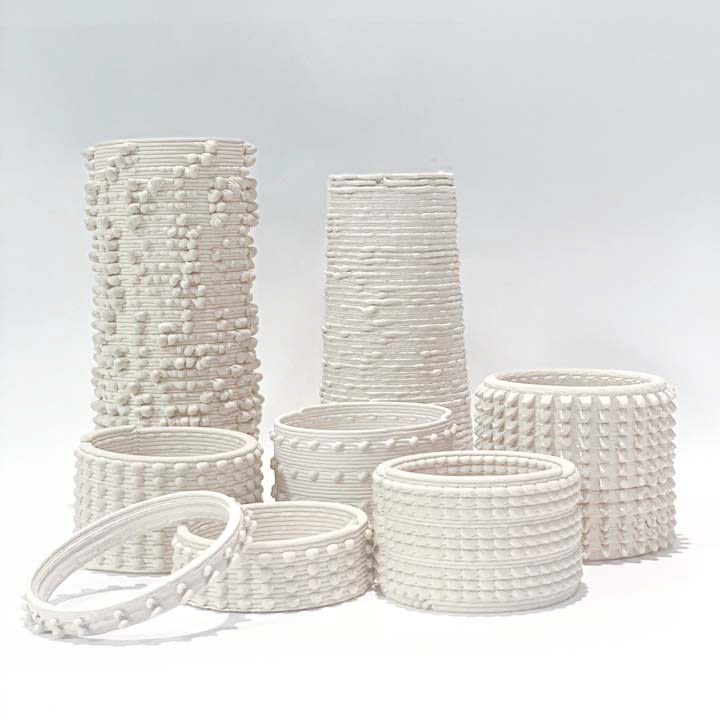
Surface Explorations
itself around a specific geometry. In this case, this surface treatment made us question
certain geometric manipulations that we can take forward to the final proposal.
Toolpath Explorations
In the following phase, we aimed to explore the possibilities that robotic clay printing
can provide with regard to toolpaths. Being able to manipulate the toolpath allowed
us to generate various types of textures and smaller geometries that contribute to the
complexity of the final piece.
Arturo Tedeschi, AAD Algorithms-Aided Design: Parametric
Strategies Using Grasshopper (Brienza: Le Penseur, 2014).
D. Diego Garcia Cuevas and D. Gianluca Pugliese, Advanced
3D Printing with Grasshopper®: Clay and FDM (Wrocław:
Independently published, 2020).
“Architecture in the Age of the 4th Industrial Revolution - Gonçalo
Castro Henriques, José Pedro Sousa, Paula Gomez-Zamora, Henri
Achten, 2020,” accessed December 16, 2021, https://journals.
sagepub.com/doi/full/10.1177/1478077120950939.
“Erin Linsey Hunt - 3D Printing Amplitude from Sound,” accessed
December 16, 2021, https://erinlhunt.com/3d-printing-sound.
Benay Gürsoy, “From Control to Uncertainty in 3D Printing with
Clay,” n.d., 10.
“Olivier van Herpt,” Olivier van Herpt, accessed December 16, 2021,
https://oliviervanherpt.com.
W. Andrew Atwood, “Monolithic Representations,” in Matter:
Material Processes in Architectural Production (Routledge, 2011).
Aimee Doyle, “SOUND, AMBIENCE AND NOTATIONS,” Medium
(blog), May 28, 2018, https://medium.com/@aimeedoylee/
sound-ambience-and-notations-acbf19483dec.

